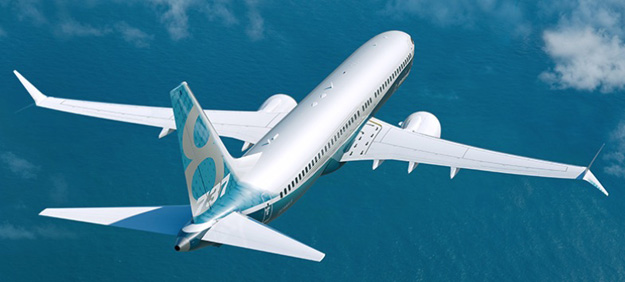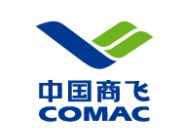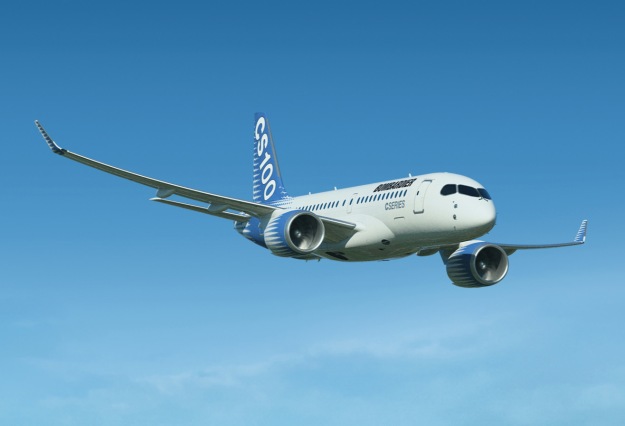Boeing (Chicago, Seattle and Charleston) yesterday (September 23) welcomed China President Xi Jinping to its widebody commercial airplane factory and announced several significant agreements that will broaden and deepen cooperation between Boeing and China.
The company issued this statement:
The agreements include orders and commitments for 300 Boeing narrowbody and widebody aircraft and expanded collaboration between Boeing and China’s commercial aviation industry.
Together, Boeing and China committed to further advance development of China’s commercial aviation industry and meet strategic business objectives for Boeing in the world’s largest airplane market going forward.
President Xi, accompanied by Boeing executives, viewed final assembly lines for the 787 Dreamliner, 777 and 747-8, as well as aircraft components made by Chinese aviation suppliers. The president also spoke with Boeing employees and the 787 chief pilot about their work on airplanes built for Chinese carriers.
Agreements announced include:
Boeing and National Development Reform Commission (NDRC)
Boeing and NDRC have signed a Memorandum of Understanding (MOU) that will advance their long-term strategic cooperation through several “Pillars of Partnership.” These pillars include:
Industrial cooperation
- Continued development of a world-class aviation transportation system through deliveries to China of Boeing airplanes and services
- Development of technologies to reduce aviation’s environmental impact and enhance sustainability
- Leadership development and training for the next generation of leaders in China’s aviation industry
- Continued cooperation to support the safety, efficiency and capacity of China’s air transport system
- Orders and Commitments for Boeing Commercial Airplanes
Boeing and China Aviation Supplies Holding Company (CASC) have signed a General Terms Agreement related to the purchase of 300 airplanes. The package has a value of approximately $38 billion at list prices.
Aircraft orders and commitments include:
- (240) airplanes for Chinese airlines, including (190) 737s and 50 widebody aircraft
- (60) 737s for leasing companies ICBC and CDB Leasing
Orders are posted on Boeing’s Orders & Deliveries website after all contingencies are cleared.
737 Completion and Delivery Center in China
Boeing and Commercial Aircraft Corporation of China, Ltd., (COMAC) will partner to open a facility in China for the interiors completion, paint and delivery of Boeing 737 aircraft to Chinese customers. The joint venture facility will significantly expand Boeing’s collaboration with China’s aviation industry while also enabling future production rate increases at Boeing’s 737 final assembly factory in Renton, Wash. This China-based facility will not reduce 737 Program employment in Washington State.
Boeing, COMAC and Chinese government officials are working toward a final business agreement and will announce the facility’s location and timing of first deliveries at a later date.
Boeing, now building a record 42 737s per month, will increase production to 47 airplanes per month in 2017 and 52 airplanes per month in 2018 to meet strong demand for the 737, the world’s most fuel-efficient single-aisle airplane.
Boeing and Aviation Industry Corp. of China (AVIC)
Boeing and Aviation Industry Corp. of China (AVIC) will broaden their long-term collaboration to support Boeing’s commercial airplane programs. In a framework agreement, the companies said they intend to further advance AVIC’s manufacturing capabilities by adding major component and assembly work packages; strengthening leadership; and developing AVIC’s broad aviation infrastructure and business practices, including supply chain management.
Further development of sustainable aviation biofuel
Under the framework of the MOU between Boeing and NDRC, Boeing and NDRC announced a new initiative to turn agricultural waste in China into sustainable aviation biofuel. Boeing will partner with NDRC to turn items from farms, such as corn cobs and wheat stalks, into sustainable jet fuel as a way to reduce aviation’s carbon emissions.
When produced sustainably, aviation biofuel reduces carbon emissions by 50 to 80 percent on a lifecycle basis compared to conventional petroleum jet fuel, according to studies by the U.S. Department of Energy.
Boeing has partnered with Chinese stakeholders to support development of China’s air transport system since President Richard Nixon arrived in Beijing on Air Force One, a Boeing 707, in 1972. Today, more than 50 percent of commercial jetliners operating in China are Boeing airplanes. Over the next 20 years, China will be Boeing’s largest commercial airplane market with a projected need for 6,330 new airplanes, worth an estimated $950 billion.
Image: Boeing.






You must be logged in to post a comment.